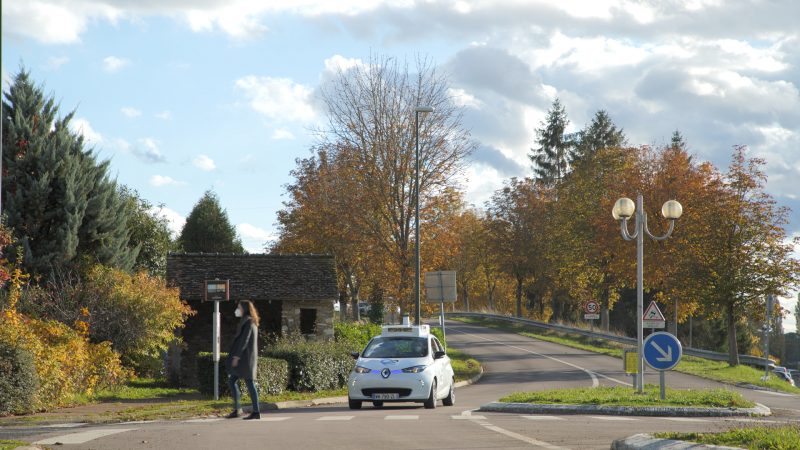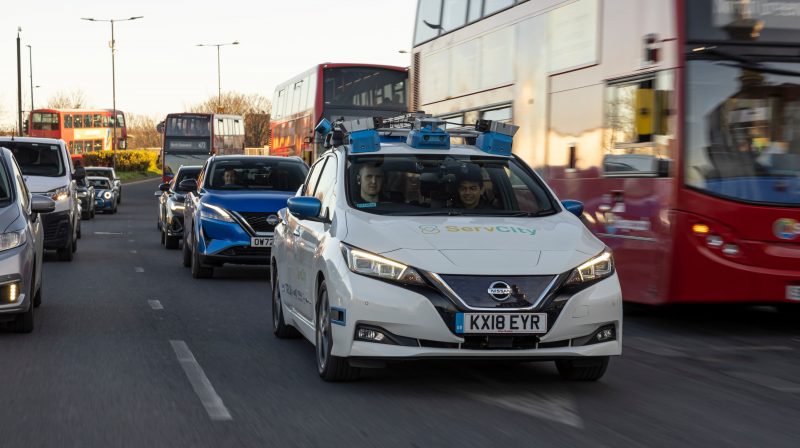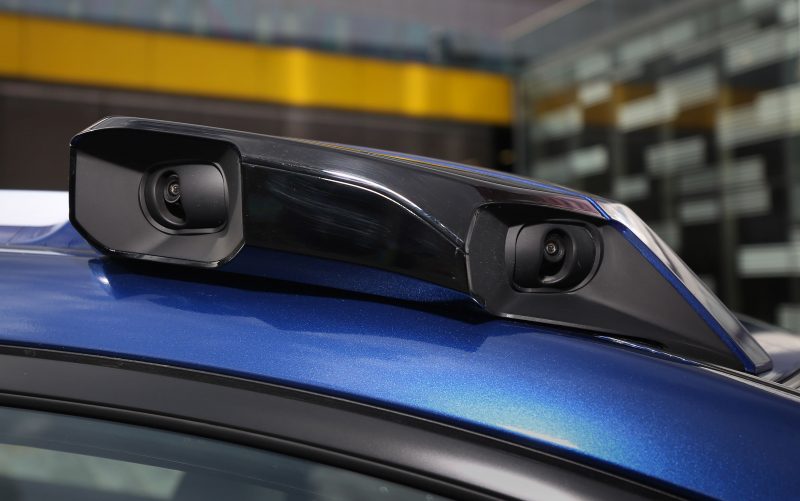The Automated Vehicles Bill has outlined a framework that could see autonomous cars on our roads within two years. But how do they work and what else
Few of us know what the future of the car will look like, but it’s certain that the way we get from A to B will involve more technology as in-car systems become more complex over time.
Back in the mid to late 20th century, there were believers that the 21st century would bring flying cars, and except for a couple of inventions, that prediction has fallen flat.
The next biggest talking point in the motoring industry, however, is driverless cars, also known as autonomous vehicles. The car market may be seeing a change in what cars are fuelled by, but what we haven’t seen are cars driving completely unassisted – until now as though, it seems.
This week has seen the announcement from the British government of the Automated Vehicles Act that will enable it to be within the law to use a driverless car on our roads, with vehicle manufacturers, insurers or software creators held responsible in the unfortunate event of an accident.
But what exactly is an autonomous car and how do they work? Here is a list of things that you need to know about them before we start seeing them enter our roads.
What is an autonomous car?

An autonomous car – or driverless car, as it’s also known – is effectively a vehicle that has no human input and relies on monitors, cameras, satellites and sensors to drive it to wherever the owner or passengers want to go.
Since the early 2000s, driverless tech in cars has been on the up with Mercedes being one of the first car manufacturers to offer a car with radar-guided cruise control which scans the road ahead, monitoring the vehicle in front and automatically applying the brakes if the car in front is slowing down before speeding back up when it is clear to do so.
Then Tesla introduced its AutoPilot function on its cars which allows the vehicle to drive itself on motorways regarding that the driver consistently keeps the hand on the steering wheel.
There are a variety of different driving levels of autonomy

You might think that a self-driving car is just what it says on the tin, but in fact, there are up to five different levels of autonomy when it comes to vehicles.
Every car up until Tesla entered the UK car market was level zero with no driving automation, and features such as ABS, cruise control and blind spot warning fall into this category due to the fact they help the driver but that person is still 100 per cent in control.
Level one refers to cars with driver assistance systems with adaptive cruise controls and lane keep assists. Level two is partial driving automation whereby the driver can let go of the steering, braking and acceleration as long as they are involved and aware of what’s going on around them and they are constantly monitoring the vehicle.
Level three has not taken to mass adoption yet on the car market but it enables automation functions whenever the driver allows the systems to take over. Level four enables the car to intervene in the instance of a malfunction without necessarily involving the occupants and the last is level five which is the very highest of driverless technology with no human input required whatsoever.
What is the Automated Vehicles Act?

The Automated Vehicles Act enables technology to safely drive vehicles on Britain’s roads. It is aimed at helping the country to become the leader of self-driving technology and is believed to help unlock an industry worth an estimated £42 billion while creating 38,000 jobs by 2035.
Automated vehicles are expected to improve road safety by reducing human error which accounts for 88 per cent of all road collisions. Furthermore, the law requires self-driving vehicles to achieve a level of safety and competence in comparison with human input to make sure the cars are just as capable and will need to meet very strict safety tests before being allowed onto the roads. It should, in theory, help cut deaths, drunk driving, speeding, tiredness and inattention drastically.
How do driverless cars work?

Driverless cars rely on actuators, sensors, monitors, machine learning systems and processors. Effectively, it’s like the vehicles have their own human brain to input information onto from road.
There are sensors located throughout different parts of the car. Radars monitor the position of vehicles nearby, video cameras detect traffic lights, read road signs, track other vehicles and look for pedestrians.
There are also lidar sensors which bounce light off the car’s surroundings to measure distances, detect road edges, and identify lane markings. In the wheels are ultrasonic sensors which detect kerbs and other objects when parking, too.
Software then processes all of the sensory inputs and works out a route before sending instructions to the vehicle’s actuators, which control acceleration, braking and steering input.
By Cameron Richards

